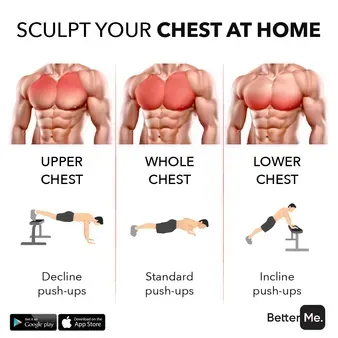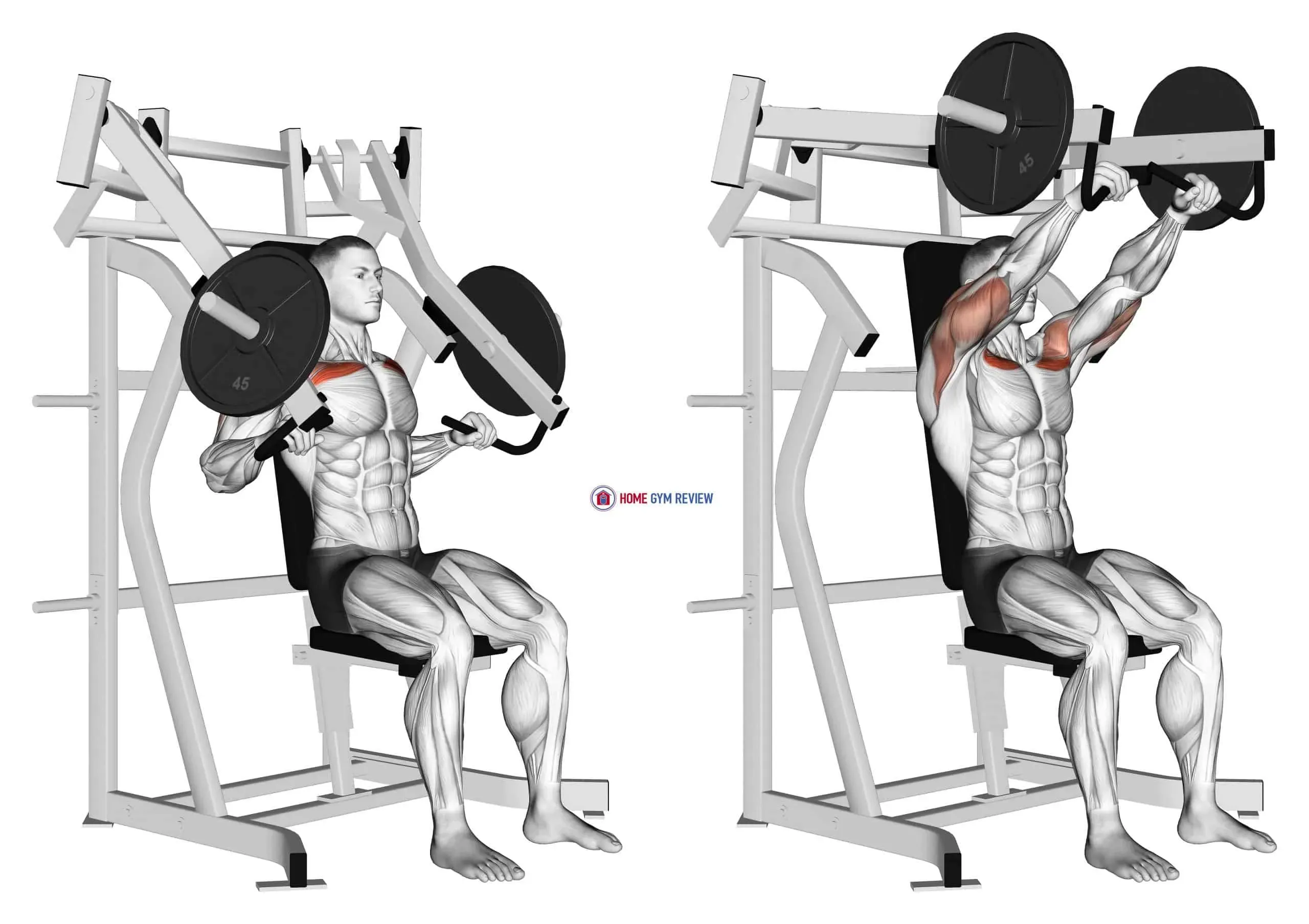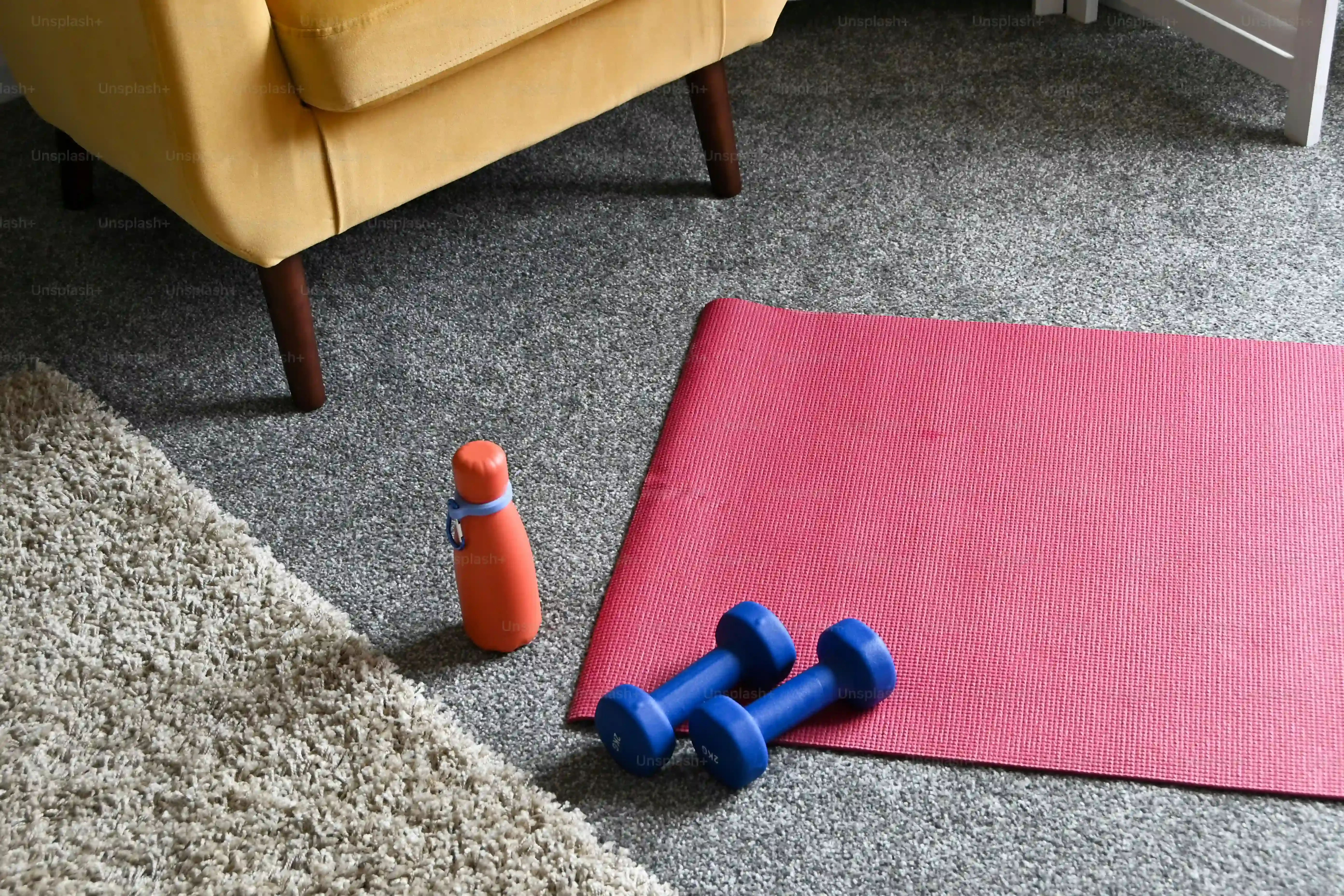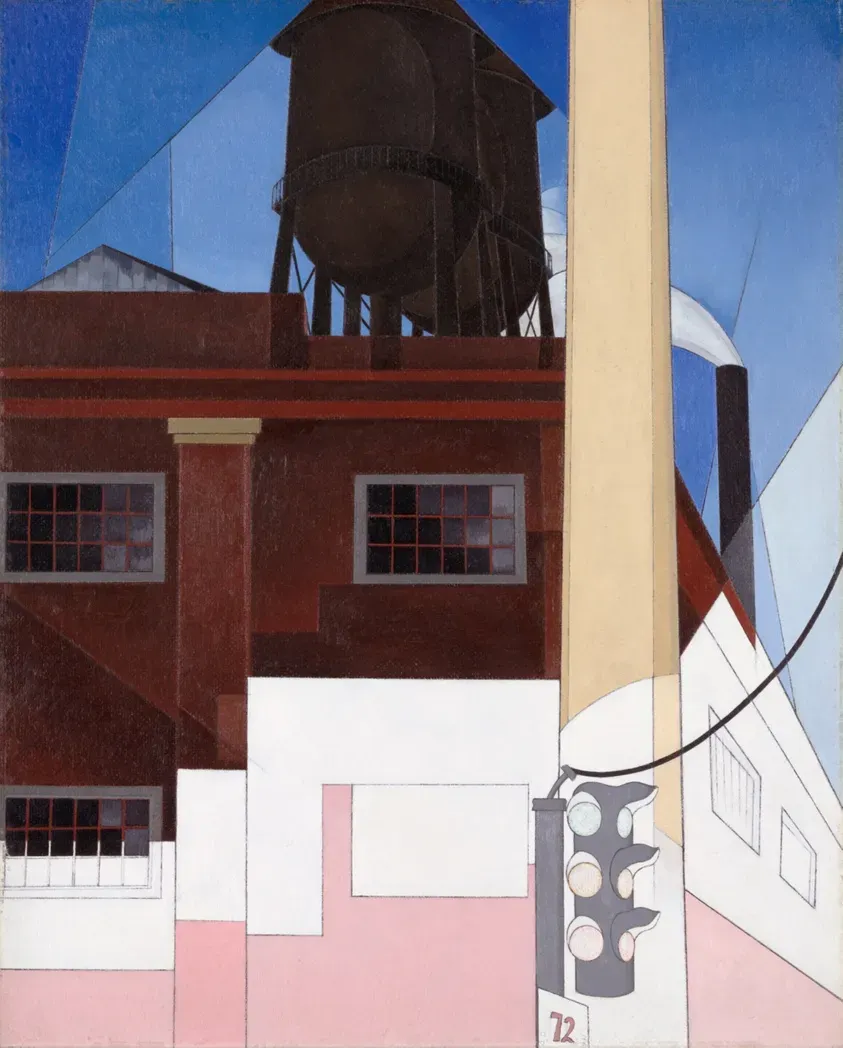Table of Contents
Alright, let's cut to the chase. You want that sculpted upper chest, the kind that makes your shirts fit just right, but maybe you don't have a fancy adjustable bench at home. Or heck, maybe you don't even have a home gym. You've probably wondered if a realincline chest workout at homeis even possible without all that gear.
Why Your Chest Needs Incline Work (Even at Home)

Why Your Chest Needs Incline Work (Even at Home)
Ignoring the Upper Pecs is a Bad Idea
Look, everyone loves crushing flat bench press or pounding out push-ups. It feels powerful, targets the bulk of your chest, and frankly, it's what most people do. But if that's *all* you're doing, you're leaving gains on the table. Your chest isn't just one big slab of meat; it has different heads, and the clavicular head – that's the upper part – often gets the short end of the stick with standard horizontal movements. Neglect it, and you end up with a chest that looks... unbalanced. Like a sad pancake on top.
Think of it like this: you wouldn't train only your quads and ignore your hamstrings, right? Same principle applies here. The angle of incline work specifically targets those upper fibers, forcing them to pull their weight. Without dedicatedincline chest workout at homeeffort, that upper shelf you're probably after simply won't develop to its full potential. It's not about vanity; it's about building a complete, functional chest.
The Payoff: Aesthetics and Strength
So, what happens when you actually prioritize that incline angle? For starters, you build that sought-after "full" look at the top of your chest. It fills out your shirts better and just looks more impressive, if we're being honest. Beyond the visual, strengthening the upper chest contributes to overall pressing power and shoulder health. A balanced chest is a stronger, more resilient chest.
Incorporating anincline chest workout at homechallenges your muscles in a different plane of motion, recruiting stabilizer muscles you might miss with flat work. This translates to better overall pushing mechanics and can even help prevent injuries down the line by correcting muscular imbalances. It's not just about getting bigger; it's about getting stronger and more robust.
Common Mistakes When Training Chest (and How Incline Fixes Them):
- Only doing flat exercises (ignores upper chest)
- Poor shoulder positioning (incline can promote better scapular retraction)
- Lack of full range of motion (incline forces a deeper stretch at the bottom)
- Ignoring mind-muscle connection (the unique angle can help you feel the upper pec working)
No Fancy Bench? Clever Ways to Create an Incline at Home

No Fancy Bench? Clever Ways to Create an Incline at Home
The Problem: Gravity and a Flat Floor
so you're sold on the idea of anincline chest workout at home, but your living room looks less like a gym and more like, well, a living room. No adjustable bench in sight. This is where most people throw in the towel and stick to flat push-ups forever. Big mistake. The angle is key, and you don't need precision engineering to get it.
The goal is simple: elevate your upper back relative to your hips and feet. This shifts the load onto the upper chest fibers during pressing movements. How you achieve that elevation is where we get creative. Think about the angles you *can* create with stuff you already own. It's less about replicating a gym bench perfectly and more about finding a stable, elevated surface that works for you.
DIY Incline Solutions (Get Creative!)
Here's where the fun begins. Look around. What can you stack or lean against? The classic move is using sturdy pillows or cushions piled up on the floor or even on a bed (though a bed can be less stable). Another solid option is using a chair or even the edge of a couch. You can place your upper back on the seat or lean against the armrest, depending on the height and stability.
Got heavy books? Stack them up and place a firm cushion on top. Just make sure whatever you use is stable enough to support your weight plus any dumbbells you might be holding. A wobbly setup is a recipe for disaster, not gains. Experiment a little to find an angle that feels right – usually between 30 and 45 degrees is the sweet spot for targeting the upper chest.
Here are a few common household items you can use:
- Firm pillows or couch cushions
- A sturdy chair (use the seat or backrest)
- Stack of heavy books or magazines
- The edge of a firm couch or ottoman
- A step stool or aerobic step (if you have one)
Safety First, Then Gains
Look, we're not building rocket ships here, but stability is non-negotiable. Before you load up with weight or start repping out, test your makeshift setup. Sit on it, lie back on it, shift your weight. Does it feel solid? Does it wobble or slide?
Make sure your feet are firmly planted on the floor for stability. If you're using dumbbells, start lighter than you think you need to get a feel for the movement on your improvised bench. There's no prize for face-planting with a dumbbell in each hand. A little caution goes a long way in ensuring yourincline chest workout at homeis effective and injury-free.
As they say, "Better safe than sorry, especially when iron is involved."
Top Exercises for Your Incline Chest Workout at Home

Top Exercises for Your Incline Chest Workout at Home
Incline Dumbbell Press (Your Go-To)
assuming you've managed to rig up a stable incline (whether it's pillows, a chair, or a stack of old encyclopedias), the incline dumbbell press is your absolute bread and butter for anincline chest workout at home. Grab your dumbbells (or whatever heavy objects you're using – water jugs, weighted backpacks, get creative). Lie back on your elevated surface, feet flat on the floor for stability. Hold the weights at your shoulders, palms facing forward or slightly angled.
Press the weights straight up towards the ceiling, squeezing your chest at the top. Lower them back down slowly and under control, feeling the stretch in your upper chest. Don't let your elbows flare out too wide; keep them at a slight angle to protect your shoulders. This movement is the closest you'll get to the gym version and is incredibly effective at hitting those stubborn upper fibers.
Elevated Push-Ups (Bodyweight King)
No weights? No problem. Elevated push-ups are a fantastic bodyweight alternative for yourincline chest workout at home. Find a sturdy elevated surface – a coffee table, a chair seat, a countertop, even a set of stairs. The higher the surface, the easier the exercise, so start with a height that challenges you for 8-12 reps.
Place your hands on the edge of the elevated surface, slightly wider than shoulder-width apart. Walk your feet back until your body forms a straight line from head to heels. Lower your chest towards the edge, keeping your elbows tucked slightly. Push back up powerfully, focusing on squeezing your upper chest. This angle naturally shifts more of the load to your upper pecs compared to standard floor push-ups.
Here's a quick checklist for your incline push-ups:
- Hands slightly wider than shoulders on elevated surface.
- Body in a straight line.
- Lower chest towards the edge.
- Keep elbows relatively close to your sides.
- Focus on upper chest contraction.
Incline Dumbbell Flyes (Stretch and Squeeze)
Once you've pressed, it's time to fly. Incline dumbbell flyes complement the pressing motion by working the chest through a different range of motion, emphasizing the stretch at the bottom and the squeeze at the top. Lie back on your improvised incline setup with dumbbells held above your chest, palms facing each other, with a slight bend in your elbows.
Slowly lower the weights out to the sides in an arc, feeling a deep stretch across your chest. Don't go past the point where you feel strain in your shoulders. Bring the weights back up using your chest muscles, imagining you're hugging a barrel. Keep that slight bend in your elbows throughout the movement. This exercise is excellent for isolation and really helps carve out that upper chest definition in yourincline chest workout at home.
Crafting Your Ideal Incline Chest Workout at Home Routine
Putting It All Together: Your Weekly Plan
you've got your makeshift incline setup sorted and a few key exercises in your arsenal. Now, how do you actually build a routine that makes sense? Don't just randomly throw exercises together and hope for the best. A solidincline chest workout at homeroutine needs structure. You need to consider frequency (how many times a week you hit chest), volume (how many sets and reps), and how you combine these exercises with other movements.
A simple approach is to dedicate one or two days a week specifically to chest, ensuring at least one of those sessions includes significant incline work. You could do a full chest day with incline press and flyes, or integrate incline work into a push day that also includes shoulders and triceps. Listen to your body, but push yourself. Consistency is key, not just crushing one monster session and then doing nothing for two weeks.
Sample Weekly Split Ideas Including Incline Chest:
- Monday: Push (Incline Chest, Flat Chest, Shoulders, Triceps)
- Tuesday: Pull (Back, Biceps)
- Wednesday: Legs
- Thursday: Rest or Active Recovery
- Friday: Full Body (Include 1-2 Incline Chest Exercises)
- Saturday: Rest
- Sunday: Rest
Level Up: Progressing Your Incline Chest Gains Without Leaving Home

Level Up: Progressing Your Incline Chest Gains Without Leaving Home
Keep Those Gains Coming
so you've mastered your initialincline chest workout at homesetup and exercises. You're feeling the burn, seeing some progress, but what happens when those initial reps start feeling too easy? You can't just magically conjure heavier dumbbells out of thin air (unless you order some, which is an option, I guess). This is where progressive overload gets a little more creative at home. Don't get complacent. You need to continually challenge your muscles to keep growing.
Upper Chest Gains: Possible From Your Living Room
So there you have it. Building a strong, well-developed upper chest isn't some mythical quest reserved for gym rats with expensive equipment. As we've covered, a solidincline chest workout at homeis totally within reach. You've seen how to get creative with your setup, discovered effective exercises that actually work, and learned how to piece it all together into a routine. Stop waiting for the perfect conditions or the perfect gear. Use what you have, stay consistent, and watch those upper pec fibers start popping. It's time to get to work.
